Conservation-Based Approach for Assessing Public Drainage Benefits
PROJECT OVERVIEW
Artificial drainage exists in more than 25% of Minnesota. Runoff contributions from drained lands into these drainage systems contribute pollutants and degrade downstream water quality. Public drainage systems are funded by assessing costs to the lands benefitting from the systems. The current framework upon which these assessments are determined is based on maximizing crop production and does not account for overall water resources impacts, so there is no incentive for landowners to implement conservation practices that reduce runoff contributions to the drainage systems. The Minnesota Board of Soil and Water Resources is using this appropriation to develop and test an alternative framework for funding public drainage systems that would reduce costs to landowners if they implement conservation strategies that promote infiltration and reduce runoff.
OVERALL PROJECT OUTCOME AND RESULTS
Agricultural drainage provides an essential service to farmers and producers across the Midwest. However, maintenance and improvements of the drainage system are very costly. Landowners are charged via taxation based on the amount of benefits they receive from the drainage system. Currently in Minnesota benefits are determined by professional ditch viewers. Little guidance is provided to them by the drainage code and the process is highly laborious. Benefits are currently assigned per parcel based on discrete benefit classes. Professional judgment is an inherent component of the assessment. The main focus of this project is to investigate potential methods to improve on the current practices. The project was particularly interested in exploring the usefulness of geographic and hydrologic modeling software to automate the process, to objectively identify benefits, and to incorporate conservation practices in assessments.
Instead of using the current Minnesota method of discrete benefit classes, the project proposed a new method called the UM method based on drainage volume for each parcel. The UM method does not use professional judgment to assign benefit classes. The method does, however, require an estimate of the surface and subsurface drainage volume for each parcel.
Applying these alternative methodologies prior to manual, in field assessments will likely save time and money in the assessment process. Knowledge of the corresponding reductions in drainage depth volume and fraction of benefits per parcel can be utilized as part of the decision making process of applying conservation drainage practices within a watershed.
The product of the project was a report, Conservation Based Approach for Assessing Public Drainage Benefits: Final Project Report. It delineates methodologies used, obstacles overcome, and the basis for recommendations.
PROJECT RESULTS USE AND DISSEMINATION<
At present the information derived from this project will be used for decision making concerning potential future investigation into establishing of viewing practices outlined in the project report. This project was presented to the stakeholder Drainage Work Group (the instigator of the project) once to update the Work Group on its progress, and a second time to make the Work Group aware of the recommendations. No action has been taken by the Drainage Work Group in regard to the recommendations coming from this project.
$75,000 the first year and $75,000 the second year are from the trust fund to the Board of Water and Soil Resources to develop an alternative framework to assess drainage benefits on public systems to enhance water conservation. This appropriation is available until June 30, 2014, by which time the project must be completed and final products delivered.
Click on "Final Report" under "Project Details".
Click on "Final Report" under "Project Details".
$75,000 the first year and $75,000 the second year are from the trust fund to the Board of Water and Soil Resources to develop an alternative framework to assess drainage benefits on public systems to enhance water conservation. This appropriation is available until June 30, 2014, by which time the project must be completed and final products delivered.
Click on "Final Report" under "Project Details".
Click on "Final Report" under "Project Details".
